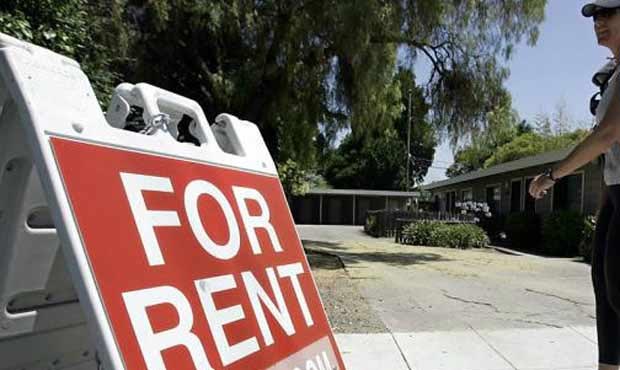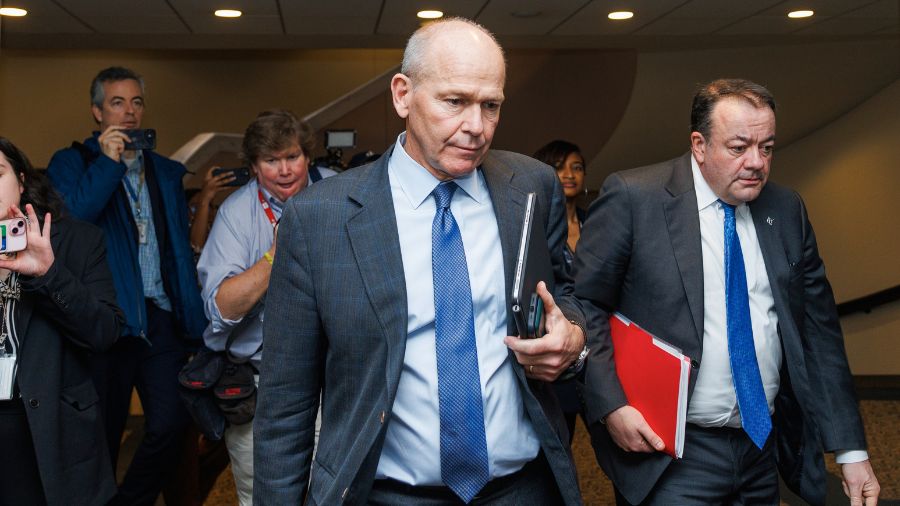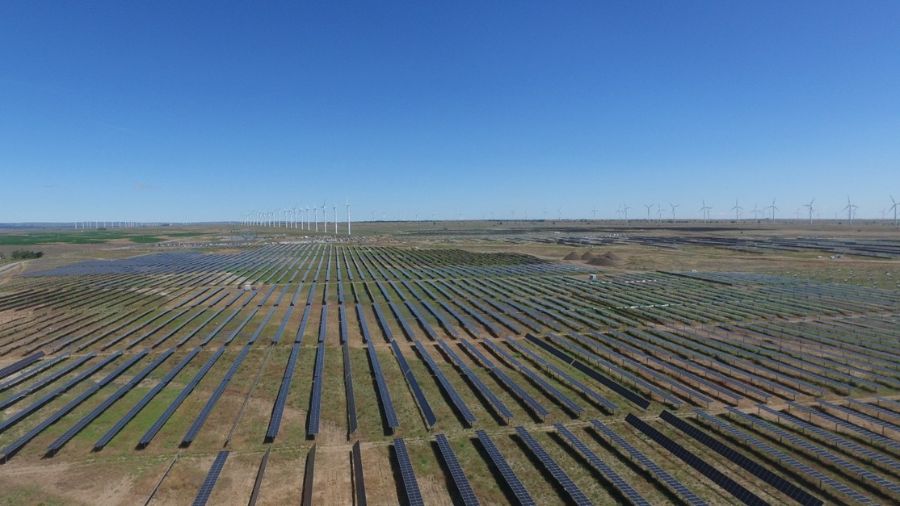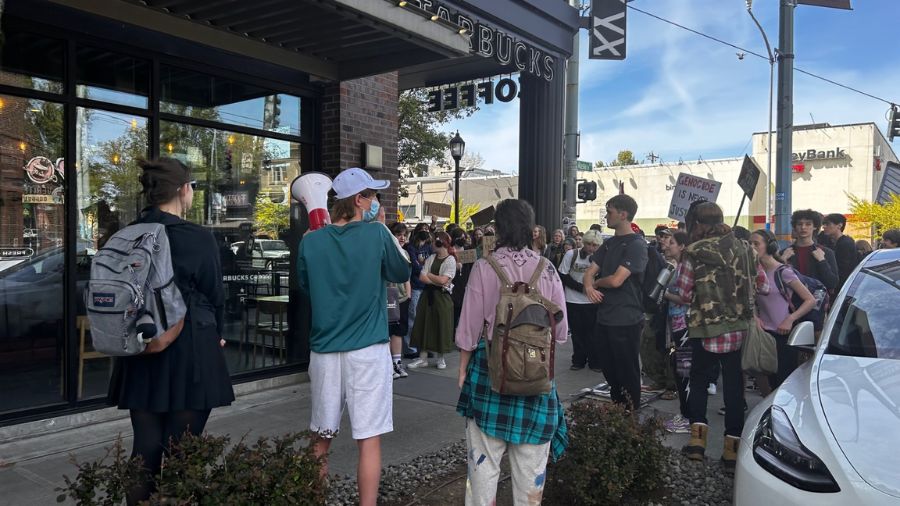Zillow study: The higher the rent, the more homeless on the street
Dec 13, 2018, 11:36 AM | Updated: 12:10 pm

(AP)
(AP)
New Zillow research confirms the higher the rent in Seattle, the more homeless people on the street.
It all comes down to the classic adage of spending 30 percent of your salary on housing. In the Seattle area, more and more people are paying well beyond that.
RELATED: What does your rent check pay for in Seattle?
RELATED: Seattle landlords selling due to new rental rules
For Zillow, however, the magic number is set at 32 percent. Cities where residents pay more than that on rent experience higher rates of homelessness. Meanwhile, income growth is not keeping up with growing costs of living, making the problem worse.
Zillow’s recent study concludes that there are a combination of factors that contribute to higher rates of homelessness. A chief factor in this equation is the high cost of living compared to income. If people are paying more than 32 percent of their income on rent, the area becomes increasingly unaffordable.
The cluster where people are most at risk of homelessness due to some combination of these factors includes New York, Boston, Los Angeles and Seattle, which all have crossed the 32 percent affordability threshold – as well as Las Vegas, St. Louis and Anchorage, which have not.
The situation in Seattle is costly. Previous studies have indicated that for every $100 increase in rent, there is an uptick in homelessness by about 15 percent. About 47 percent of Seattle renters are spending more than 30 percent of their income on rent, according to 2016 numbers. About one third of Seattle renters are considered burdened under current housing costs, Curbed reports, which is higher than the national average. Any annual pay less than $75,000 has increasing levels of rent burden.
If you ask SmartAsset, a renter would have to earn about $98,271 to afford rent in Seattle. Average rent in the city is currently $2,095.
Also according to Zillow’s study:
In pricey coastal markets[iii] including New York, Boston, Los Angeles, San Francisco and Seattle, rising rents have created a no-win situation for many financially strapped renters. Although incomes in those markets tend to be higher than the national median, income growth has not kept pace with rents, leading to an affordability crunch with cascading effects: Some high-income renters who typically rent more expensive apartments turn to lower-priced rentals, pushing middle-income renters into even less expensive housing. The lowest earners are forced to work multiple jobs, find multiple roommates and otherwise struggle to make ends meet.
Zillow research found two rent/income thresholds that affect homelessness:
- Rent costing more than 22 percent of earnings in a community causes a rise in homelessness numbers.
- Rent costing more than 32 percent of earnings also causes homelessness rates to rise, but at a much faster rate.
The current national trend for the American renter is to pay about 28.2 percent of their earnings on rent. A person in Seattle or Bellevue would have to earn $26.69 an hour, or 2.7 full time minimum wage jobs to pay current rates. Washington is currently ranked the 8th most out of reach state for housing affordability, according to KING 5.













